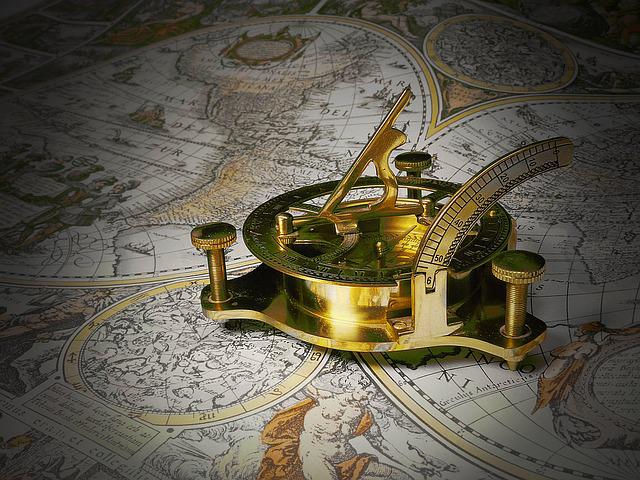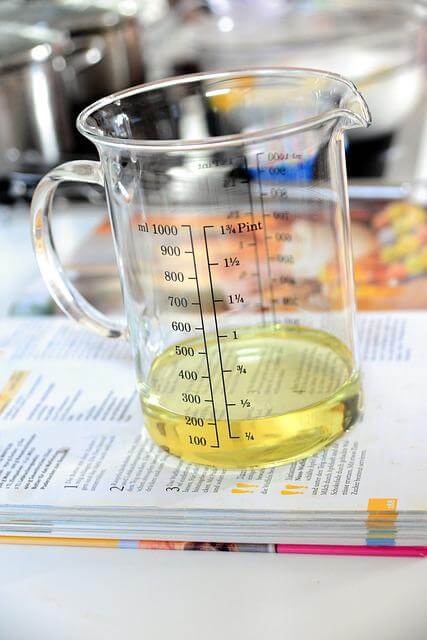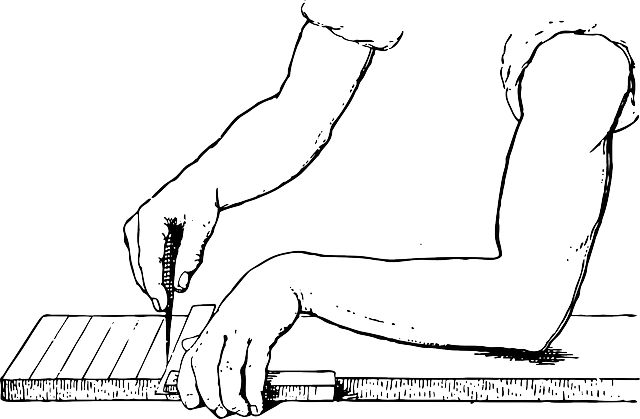measurement
Courses tagged with "measurement"
Units of Measurement
Introduction
To be able to measure something, you need to know what unit to use. A unit is a general term that means a type of measurement.A unit is any measurement that there is 1 of, such as:
· 1 metre
· 1 second
· 1 metre per second (1 m/s)
· 1 gram
· 1 square centimetre (1 cm2)
Units of measurement are standardised, meaning that there is a well-defined way to measure them.
We can use both metric and imperial units of measurement to measure things such as length, weight and capacity. Below are examples of units used in the metric and imperial systems:
Metric
· Length – units include millimetres, centimetres, metres and kilometres.
· Weight – units include grams and kilograms.
· Capacity – units include millilitres and litres.
Imperial
· Length – units include inches, feet, yards and miles.
· Weight – units include ounces, pounds and stone.
You will learn
- Be able to identify imperial and metric measures commonly used in the UK
- Understand when different units of measurement are used in everyday contexts
- Know the abbreviations for commonly used imperial and metric units of measurement
- Be able to convert between imperial units
- Be able to convert between metric units
Time
Learn about time, key vocabulary related to time, how to read, measure and record time in different formats, order and compare dates and times and convert between hours and minutes. This course is ideal for intermediate learners.
Intoduction
For example, twenty past nine can be written in the following ways:
· 9:20 (there is a colon between the 9 and the 20)
· 9.20 (there is a full stop between the 9 and the 20)
Time is a non-decimal system. This means it is not measured in tens. For example:
· One day is 24 hours
· One hour is 60 minutes
· One minute is 60 seconds
Because of this, you need to be careful when making calculations that involve hours and minutes.
You will learn
- Understand key vocabulary related to time
- Be able to read, measure and record time in different formats
- Be able to order and compare dates and times
- Be able to convert between hours and minutes
Ratios and Proportion
Learn about ratios and proportion, the meaning of ratio and proportion and how to solve simple proportion problems. This course is ideal for intermediate learners.
Introduction
Ratio tells us the size of two amounts compared to each other.Consider four squares – three of them are purple and one of them is green. Here are three ways that we can express this as a ratio:
· We can write it as a fraction. For example, \( \frac{1}{3} \).
· We can separate the values with the word ‘to’. For example, 3 to 1.
· We can use a colon to separate the values. For example, 3:1 (the colon is between the 3 and the 1).
The order of the numbers in a ratio must match the order of the words.
Again, consider the three purple squares and one green square. The ratio of purple squares to green squares is 3 to 1. This means there are three times as many purple squares as green.
However, if we change the order of the words we must also change the order of the numbers in the ratio. For example, the ratio of green squares to purple squares is 1 to 3.
You will learn
- Understand the meaning of ratio and proportion
- Be able to solve simple proportion problems
Percentages, Decimals and Fractions
Learn about fractions, decimals and percentages, how to recognise and use equivalent forms of fractions, decimals and percentages and convert between fractions, decimals and percentages. This course is ideal for intermediate learners.
Introduction
Decimal numbers break down whole numbers into smaller parts. They always have a decimal point.The decimal point separates the whole numbers from parts of whole numbers. The two digits after the decimal point are tenths and hundredths.
The breakdown of a decimal is as follows:
Tens, Units (ones), Decimal Point, Tenths, Hundredths
Decimal numbers look the same regardless of what they are describing. It’s the symbol or word that tells you what it is measuring.
A fraction is a part of something. Fractions show two numbers separated between a horizontal line. Fractions are always written with the numerator above the fraction line and the denominator below the fraction line. The numerator shows how many parts of the whole are being represented. The denominator shows how many parts make the whole.
Percentages
Consider a square that is made up of 100 smaller squares. 50 of the smaller squares are red. So 50% of the large square is red. 25 of the smaller squares are blue. So 25% of the large square is blue. 25 of the smaller squares are white. So 25% of the large square is white.
If you add up the percentages for all the parts you get:
50% + 25% + 25% = 100%
Together the parts of the whole square add up to 100%.
You will learn
- Recognise and use equivalent forms of fractions, decimals and percentages
- Convert between fractions, decimals and percentages
Capacity and Weight
Learn about capacity and weight and how to identify metric and imperial units of measurement for weight and capacity and the difference between standard and non-standard units of measurement for weight and capacity. This course is ideal for intermediate learners.
Introduction
There are two main systems of measurement for weight and capacity.The metric system is an internationally agreed decimal system of measurement. It is based upon a decimal system where each unit is divided into blocks of 10 smaller units. Imperial units of measurement were in common usage in the UK prior to the metric system. Even after the introduction of the metric system, imperial units have continued to be in everyday use in varying degrees.
Weight is a measurement of how heavy something is.
We measure weight using a mechanical or electrical device called a weighing scale. There are lots of different types of weighing scale. Here are some examples:
· Electronic kitchen scales for weighing food ingredients
· Brass scales with cupped trays
· Bathroom scales for weighing people
· A weighbridge for weighing lorries
Different weighing scales are used for different purposes. The scale will differ according to the purpose.
You will learn
- Be able to identify metric and imperial units of measurement for weight and capacity
- Understand the difference between standard and non-standard units of measurement for weight and capacity
- Be able to identify measuring instruments for weight and capacity
- Be able to choose appropriate units of measurement for weight and capacity
Units of Measurement
Learn about units of measurement, specifically converting units of measurement in the same system. This course is ideal for beginnners.
Introduction
To be able to measure something, you need to know what unit to use. A unit is a general term that means a type of measurement.Units of measurement are standardised, meaning that there is a well-defined standard way to measure 1 of them.
A unit is any measurement that there is 1 of, such as:
· 1 metre
· 1 second
· 1 metre per second
· 1 gram
· 1 square centimetre
You will learn
- Convert units of measurement in the same system
Measures
This course teaches you how and when to use appropriate units, as well as demonstrating how to convert between units of the same “family”.
Introduction
We use units of measurement in our everyday language for example “this weighs a tonne” when picking something up. This course teaches you how and when to use appropriate units, as well as demonstrating how to convert between units of the same
You will learn
- How to choose the right unit of metric measurement for different items
- Change between units of metric measurement
- How to convert units of metric measurement








